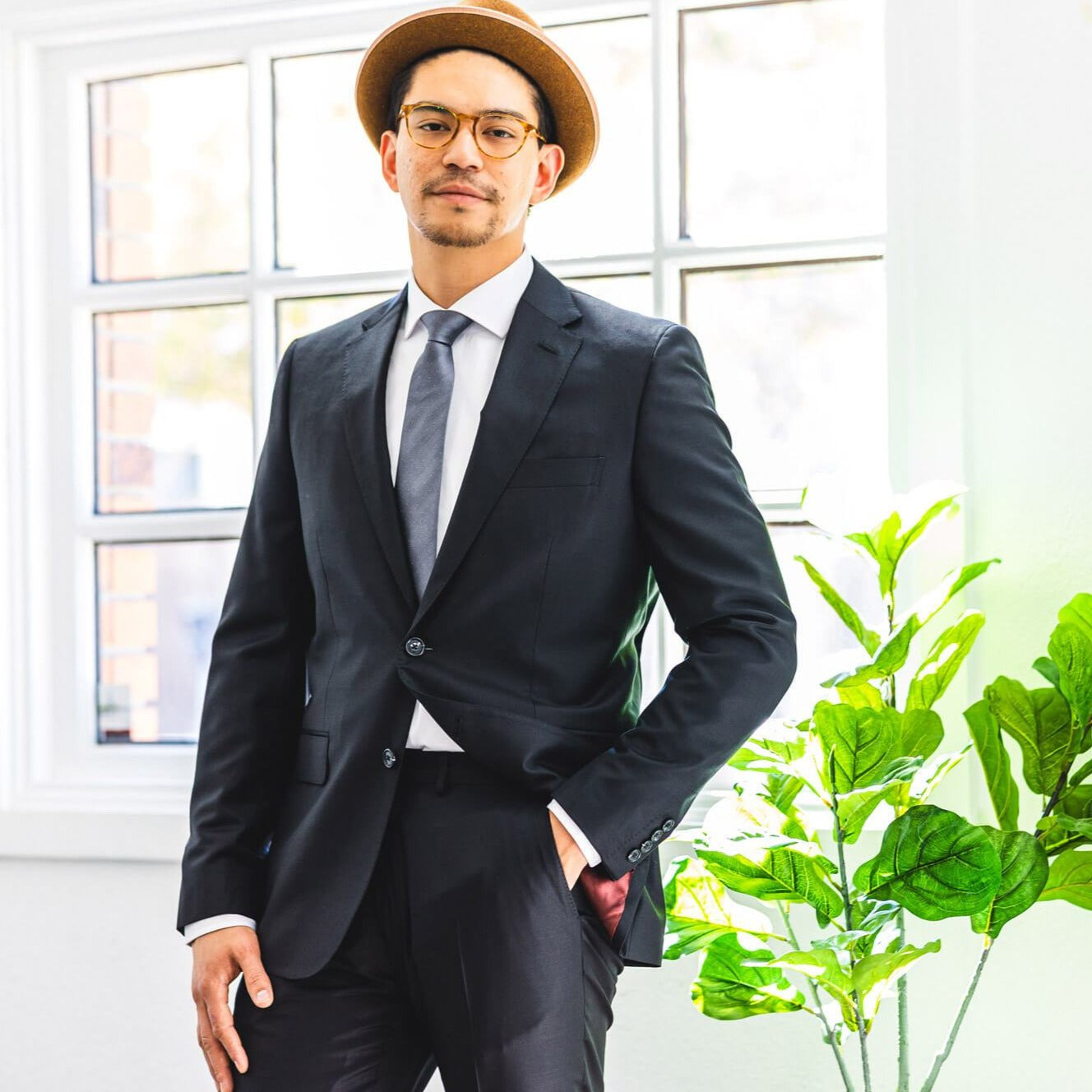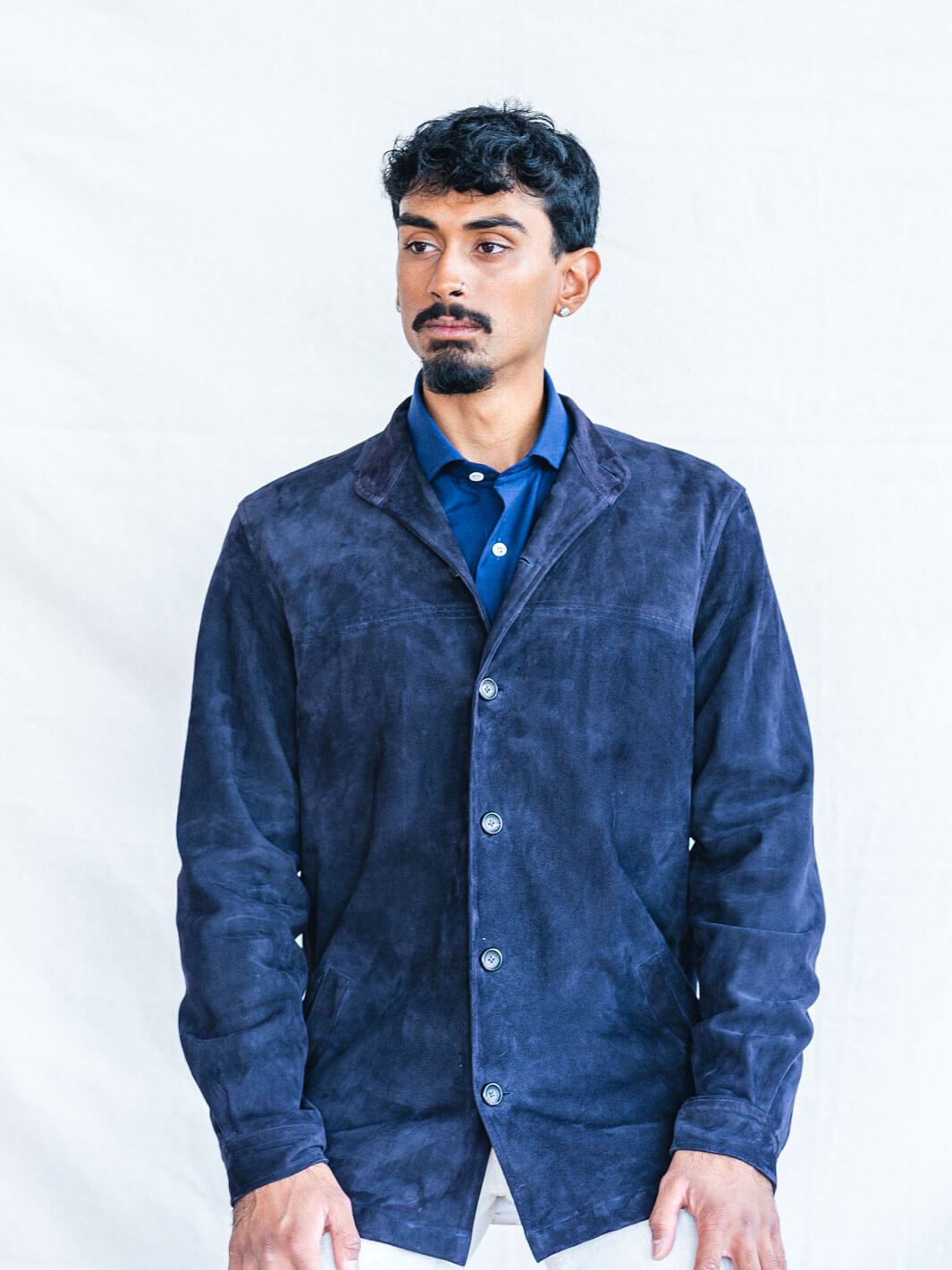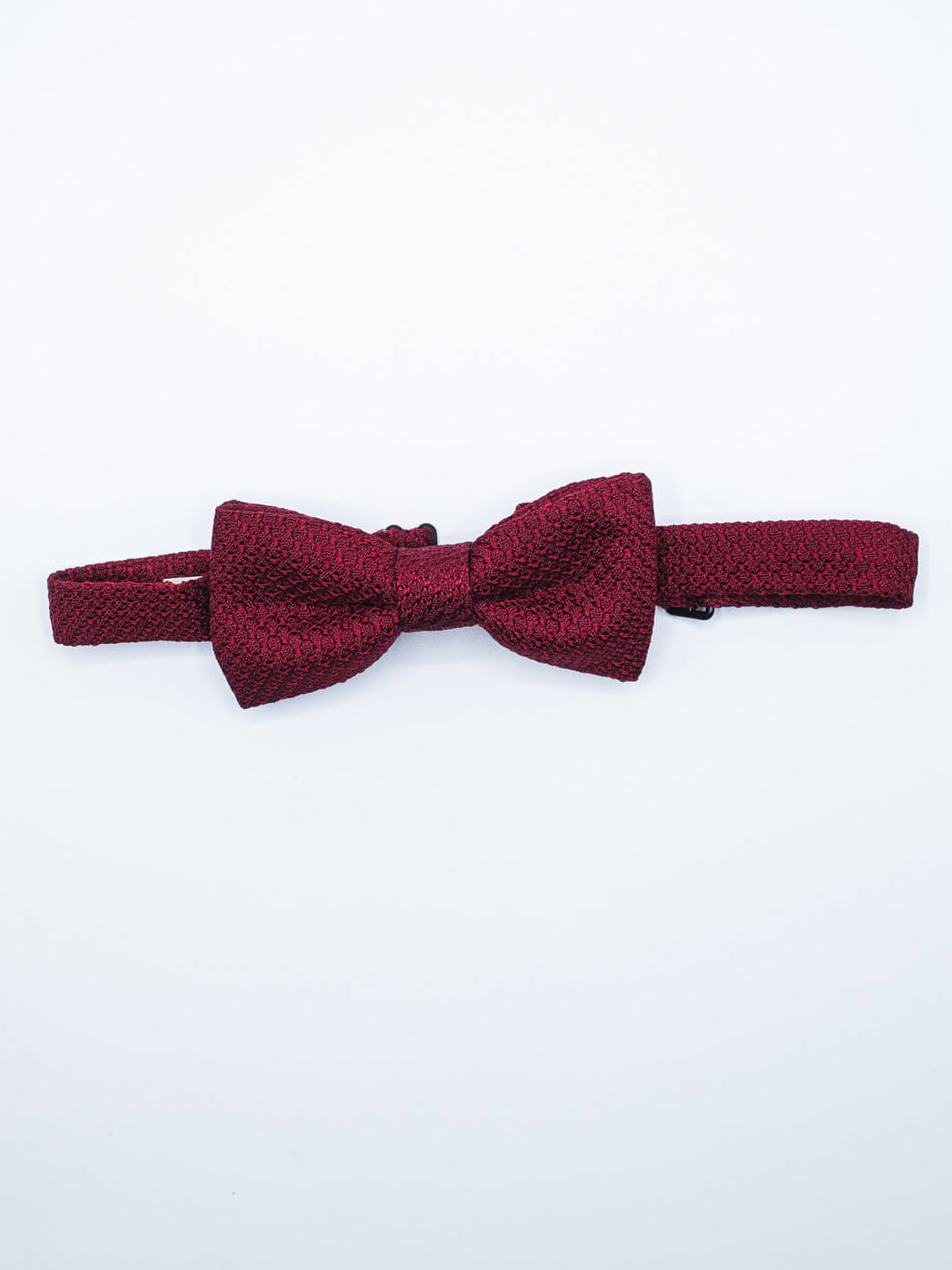R: Firstly, thank you for taking this interview on such short notice. I know you're busy.
K: Not a problem! I'm grateful for the opportunity.
R: I’d like to start with the very important role you serve at Anatoly’s. How do you make sure that the company keeps to its promise of providing high quality custom menswear?
K: My primary role at Anatoly’s is buying and sourcing the finished products for our luxury ready-to-wear clothing line, which means it’s my duty to stock the store with goods that are of exceptional quality. This includes Anatoly’s classics and seasonal fashion pieces, small batch orders, shoes, and accessories. Because we want to offer our clients clothing made from high-end fabrics that withstand the test of time and look aesthetically gorgeous, I’m serious about seeking out vendors who are already well-established European manufacturers with great track records of quality and timeliness. This ensures that our products are always ready in our shop or, if a customer wants to order something specific, it can be made and delivered with speed.
I also work in our custom department where I source our one-of-a-kind materials—fabrics, linings, buttons, and other trimmings—from the very best suppliers in the world. This ensures my clients are getting the best of both worlds: great tailoring and fantastic materials. We don’t cut corners; it's not in our DNA!
Lastly, I work with our team directly in the manufacturing and design of all our small batch products, like our suits, shirts, sport coats, and trousers. We choose fabrics from our personal cloth collection to create a unique and elegant piece, but only in a limited quantity. Many of our clients tell us that the pricing on these garments are unbelievable. Our goal is to introduce clients to true luxury at an affordable cost.
R: So I heard outside of doing custom suits, you've now started offering ready to wear suits & other garments with a similar offering?
K: Yes, we basically are offering made-to-measure quality, but in ready-to-wear options, without the hassle of choosing your fabrics, trimmings, and styles. We still use only exclusive fabrics from our favorite mills. All of our suits are half canvas and come with milanese buttonholes, functional buttonholes, pic stitching, & a v-split. The greatest part about all this is that the pricing is significantly lower than your traditional custom suit pricing, and you don't have to wait 6-10 weeks for your next fitting! Additionally, most of our suits are pretty exclusive; we typically make only 20 or less in one fabric.
R: Interesting, are the suits all in one style? Can the clients change the details?
K: The models currently are two-button side vents with flat front trousers. We are currently offering 3 models of shoulders: Standard, Natural/Soft, and Neapolitan. Additionally, we do offer customization. For example, many of our clients opt for pleated pants instead. And sometimes they’ll ask for a double breasted jacket or a false 3-button. It’s all up to them, and we guide them through the entire process. All of these options have surcharges, but we are able to accommodate our clients’ preferences.
R: I noticed you started selling some ready-to-wear clothing online. What plans do you have for Anatoly’s going forward?
K: Online is a big player in the industry. These days, people certainly want to see everything before they even visit the store. Likewise, the popularity of casual wear is at an all-time high, as well as being a more practical option in today's society. I see a lot of denim, bomber jackets, overshirts, corduroys, and flannels.
Recently, we decided to make luxury casual garments available for pre-order—items like knitted polos, jeans, and overshirts—while reducing costs for our clients.
R: That sounds exciting! Can you tell me a little about how the small batch process might work for the customer—from initial pre-order to the finished product arriving at their doorstep?
K: Sure. Our idea is to provide like-minded customers looking for casual wear from the luxury fabric world. Whether it be cashmere-knitted sweaters, Italian denim, or even light English cloth for bomber jackets, we want to make more everyday garments that don’t break the bank. We hope to steer customers away from purchasing cheap “fast fashion,” which are really just poorly engineered garments. We already make a lot of custom casual wear, but now we want to offer them to our clients at lower costs. But you have to wait until we reach enough orders to make the first batch. This will give us an idea of what our clients really want.
R: You told me you travel a lot for work. Can you tell me a bit about that?
K: Yes. In fact, I just returned from a business trip a few weeks ago to visit our team. The operation is very old school and production is limited, so that you can enjoy a much higher standard of craftsmanship. Conversely, the quality control of large-scale operations tends to be a nightmare. I often see this when our clients bring in the same brand of suits, shirts or pants; they're never consistent in cut or make.
Our team is always looking for ethical companies to work with—meaning we don't want to work with teams that make 1 million products a year. We are looking for artisans, not fast fashion factories. We also avoid leaving a huge carbon footprint, which is why we only use world-class mills. All of our partners follow the latest environmental laws, noise regulations, water pollution regulations and so on. I always encourage the consumer to be more thoughtful about the environmental impact of their purchases. The $50 brand name jeans that you decided to buy at your local big box store can, in actuality, be extremely damaging to our planet in the long-run.
R: What do you usually recommend to a novice who’s looking to build his wardrobe?
K: Depending on the client's budget, I would recommend starting with one of two options: a blue suit or a gray suit. If money is tight, I would recommend buying one of the two suits mentioned above, as well as an extra set of trousers, since you’ll probably be wearing both, and trousers tend to wear out faster than jackets since you’re sitting and moving more frequently in them.
As far as shirts go, I always recommend solid colors that will match with most of your suits and can be worn in many different settings, like solid white and blue shirts; these are wardrobe essentials. Good quality shoes are also important, from the Oxford dress shoe for formal settings to the more casual derby shoe. Formal shoes should be darker—black and brown are the standard, while casual settings can allow for more color variation.
R: As far as suiting goes, are there any specific styles you suggest?
K: Single breasted two-button side vents are pretty common. If you want something more stylish, I recommend two pleats for the trousers and a double-breasted jacket with softer shoulders, or a false 3-button jacket. To be quite frank, I am a pretty conservative, simple, and classic dresser that enjoys a modern twist on timeless garments.
R: I appreciate you taking the time out to talk to me. You've given me a lot to chew on, and I hope to learn more from you soon.
K: I enjoyed it! Thank you so much.









